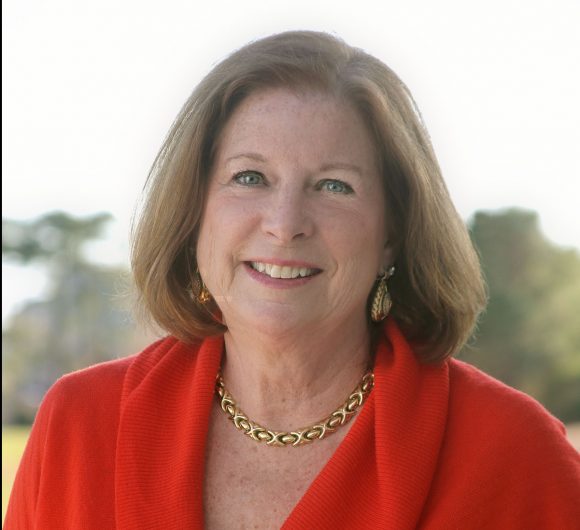Jun 19, 2015
Managing a Diverse Work Environment
What does ‘diversity’ mean to the hiring manager? Diversity is no longer a question nor a goal, but an irrefutable fact. Hiring managers have access to talent pools more varied and more differentiated in skillsets, mindsets, and heritage than ever before. HR strategist and diversity expert Dr. Linda Sharkey says if hiring managers are smart, they’ll use the diverse talent pool to push the company forward in new, positive directions. If they don’t? They’ll fail.
Sharkey sees diversity as a hiring practice that promotes inclusiveness within the work culture. Truly diverse companies, she says, don’t merely hire people from a variety of walks of life, but they listen to and empower them as well. These inclusive companies don’t just follow the highest-ups, but seek input and talent from those amidst the lower ranks (which tend to be the most diverse segment of a company) and integrate them into the business practices.
It’s not to say racial and gender demographic disparities are not a serious issue — white males continue to dominate the highest ranks of business — but that an HR staff that seeks to truly diversify has to be open to a diversity of ideas, not just skin colors or sexes. The best businesses, she says, are the ones that are receptive to, and supportive of, trains of thought issuing from beyond the usual inner circle.
Sharkey and her colleagues investigated different work cultures for their book, Winning with Transglobal Leadership, and found those that those that maintained a more inclusive work environment, and diverse talent pool, enjoyed higher marketplace performance, higher year after year growth, higher retention rates, and were better known worldwide as places where people could go for a career. She cited the successful work culture of Zappos as an excellent example of an inclusive company, one that spends time speaking with its employees on their values and works hard to be transparent.
Former Zappos Cultural Architect, Robert Richman, agrees that the more diverse input you get from within, the better your culture will be. “Always co-create.” he says, “the culture can never be created by one person individually. If you’re in a room by yourself trying to create culture or strategize it, it’s never going to work. It’s something that’s always co-created with the group,”.
Fostering a diversity of thought and experience is an especially sound strategy in such an ever-changing, ever-interconnecting world. The more minds sharing input, the more angles from which to tackle a problem – this naturally leads to increased creativity and innovation. A business can better manage change simply by allowing the change to occur internally.
If a business leader or hiring manager senses that their employees simply are not feeling heard, reshaping the culture may take some serious self-assessment. A leader who sees an unsatisfied, unrecognized pool of diverse talent “If you want a culture that’s inclusive where their insights are valued and they have a clear sense of purpose, and you find out that you’re really not living up to that, and make no adjustments, that’s what breeds cynicism,” she said.
Employees may build up a sense of resentment, which they may later vocalize in other public avenues upon the Internet — bad news for the company. A good leader will take the time to be sensitive to their grievances, and not be stubbornly blind to the company’s flaws. “When you go down this path, you have to be willing to see the good, the bad, the ugly, and have to be willing to make some steps to move forward. The truth will set you free. It can be painful, but it will set you free.”
When looking to improve innovation, manage change, and retain the best employees, remember to open your ears, listen up, and seek out insights from diverse talent pools.
For more information about how keynote business speakers like these can impact your event, contact BigSpeak Motivational Speakers Bureau at 805-965-1400 or info(at)BigSpeak.com.
Speaker

 Linda Sharkey
Linda Sharkey